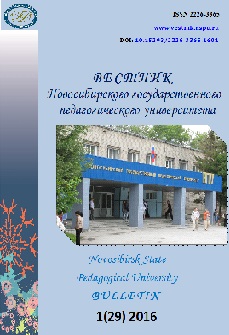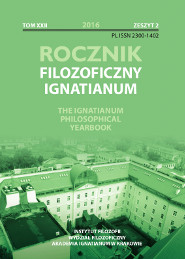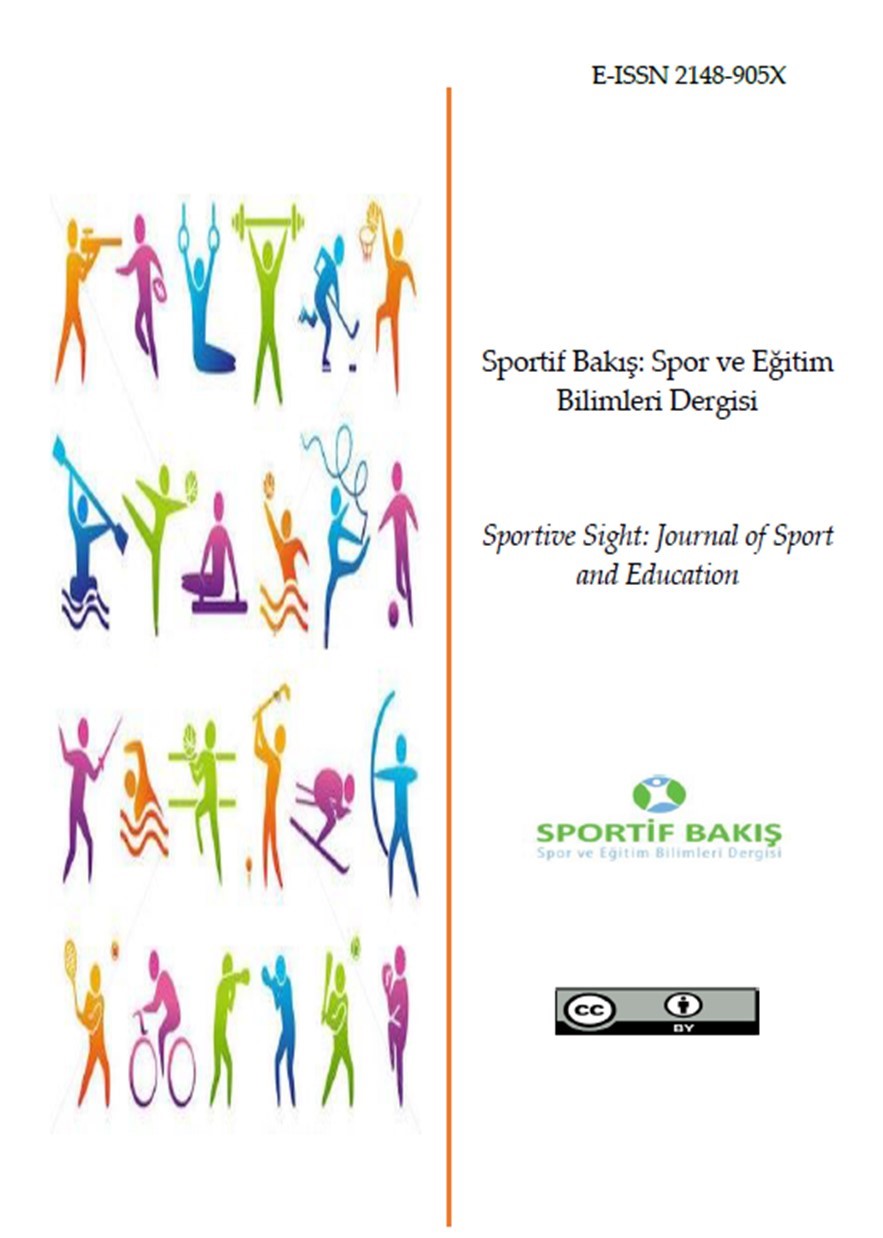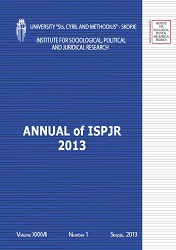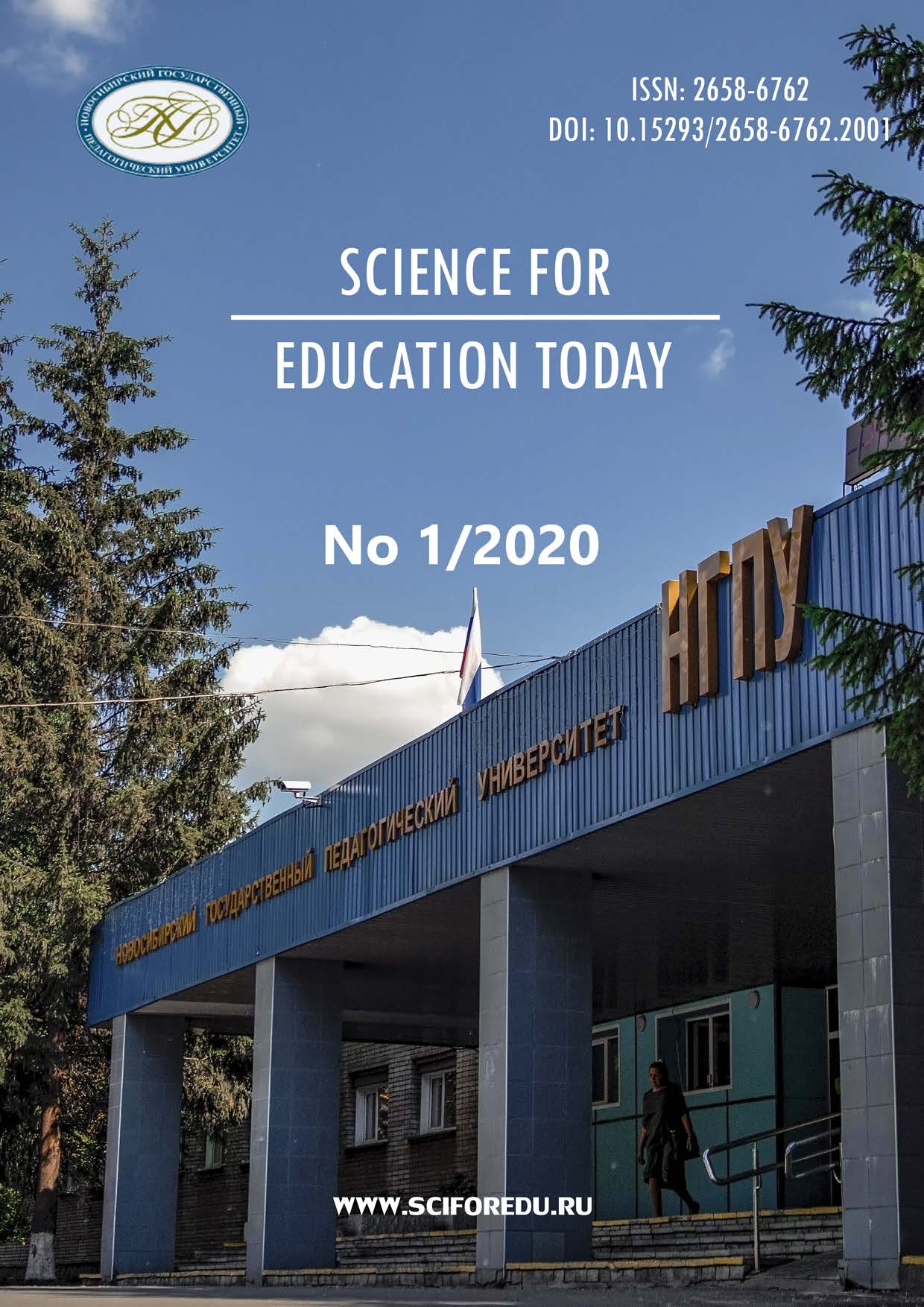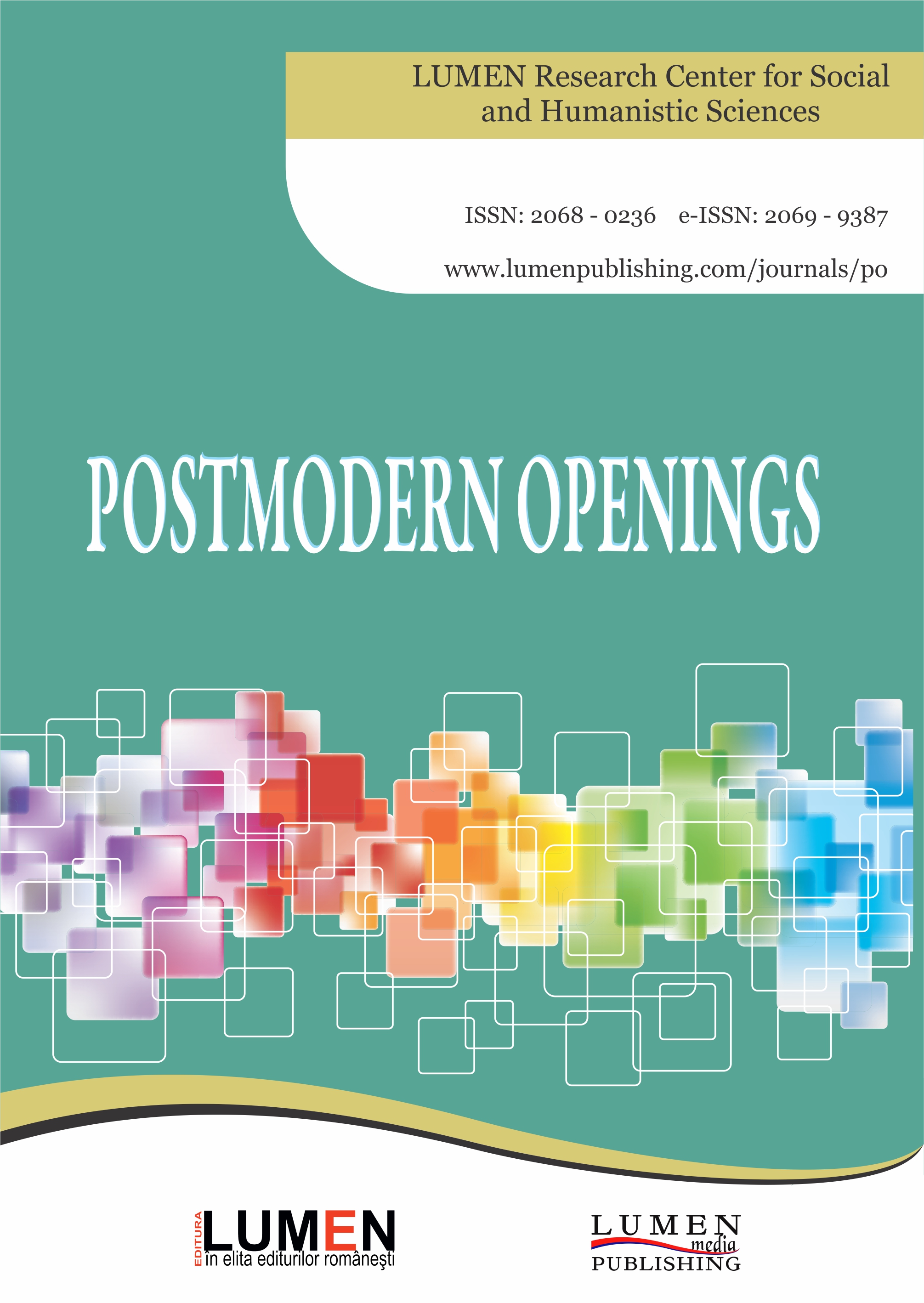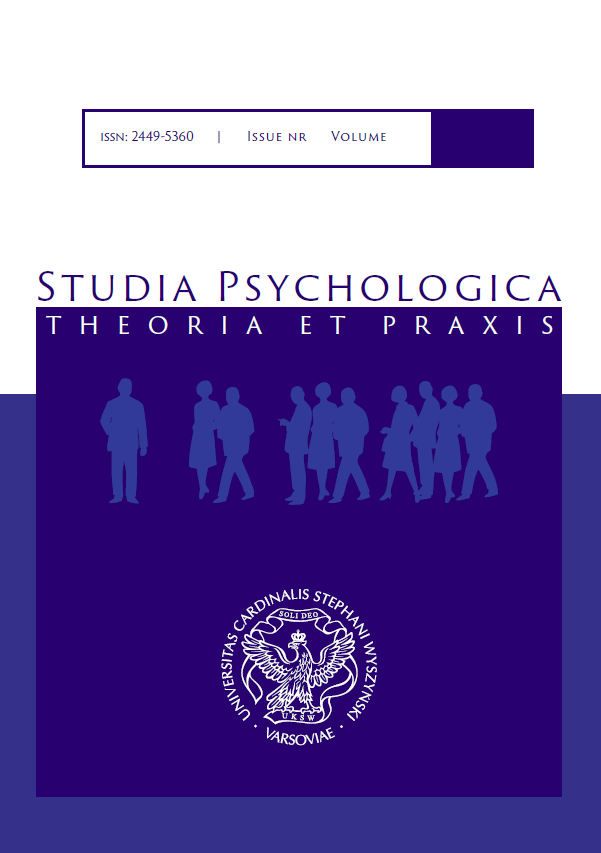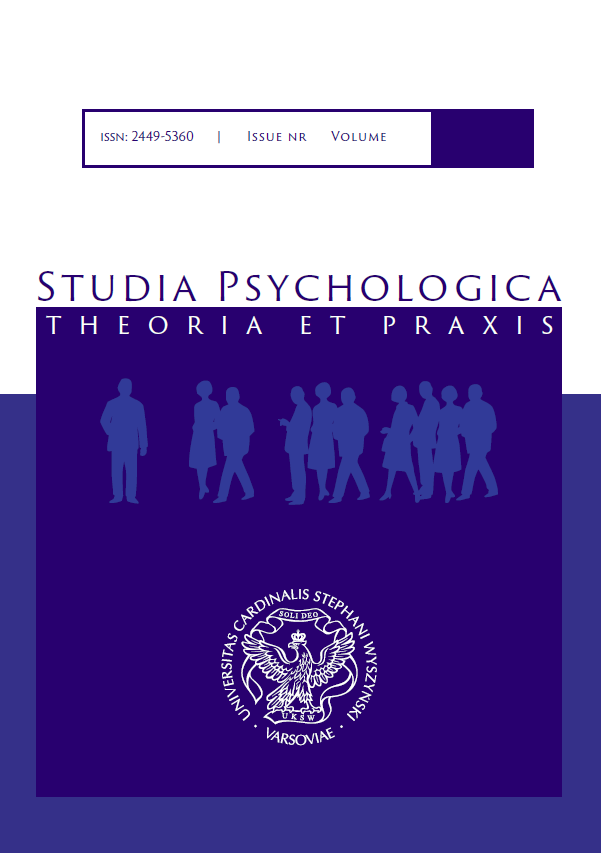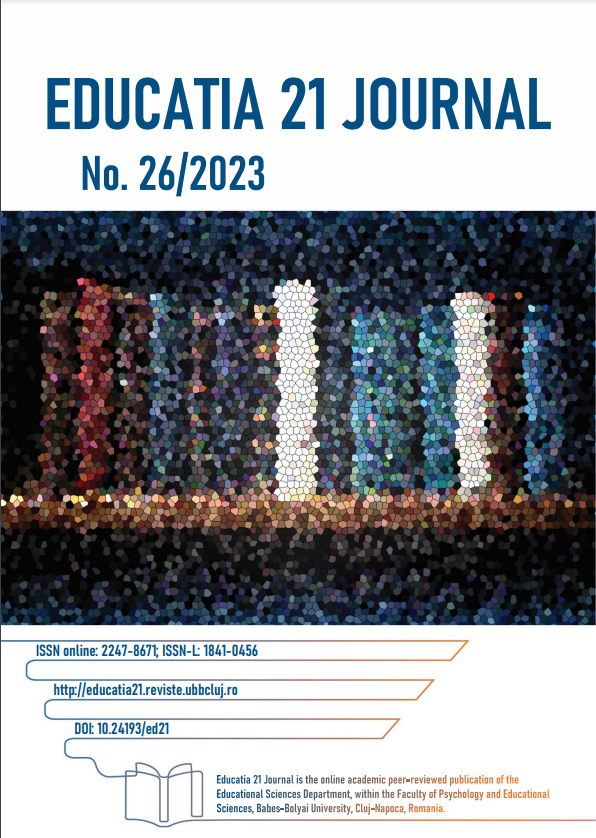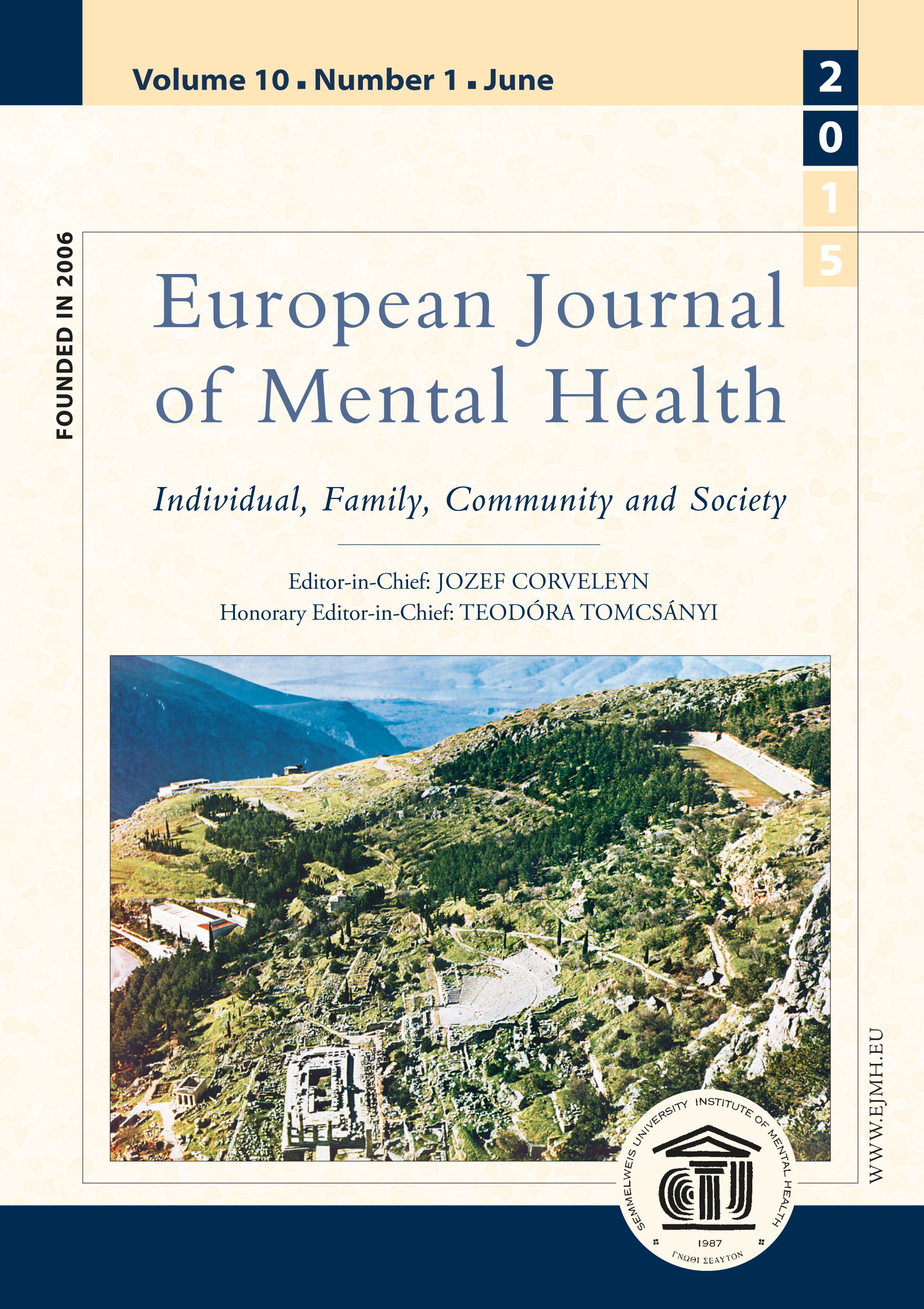
Interconnections between Aggressiveness, Hostility, Wrathfulness and the Mental Performance of Drivers
The traffic behaviour of drivers is determined by a mutual interaction of personal and situational variables. This interaction may be optimal, in the sense of interaction relationships, which result from the optimisation of the relationship between the subjective preconditions to solve the arising situations and the potential development of the current situations. Diversion from an optimal relationship may lead to the growth of inappropriate traffic behaviour, which can result in a road accident. This research is aimed at the search for interconnections among aggressiveness, hostility, wrathfulness, and mental performance of 137 drivers with Class C and D driving licences (truck and bus drivers). The research was carried out by means of a questionnaire for measuring aggressiveness and hostility in road traffic which monitors four scales of irritability, offensiveness, hostile attribution bias, and inhibition of aggressiveness. Another questionnaire consisting of six anger-provoking factors was used to scan provocation of anger in road traffic by other drivers and road users. To determine the intelligence of drivers, a battery for detecting comprehension, thinking in the sphere of illustrative relationships, practical intelligence, spatial intelligence, and flexibility of thinking was used as part of the research as well.
More...
